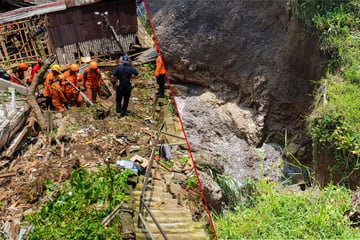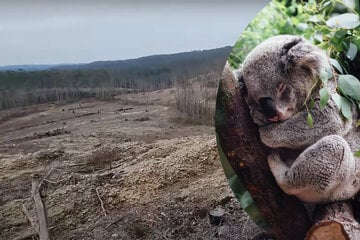Flesh-eating bacteria found in Florida's massive seaweed blob
Florida - There are many things living within the 5,000-mile strong sargassum seaweed blob that's begun its invasion of Florida – even flesh-eating bacteria! Is this one of nature's more disturbing gifts?
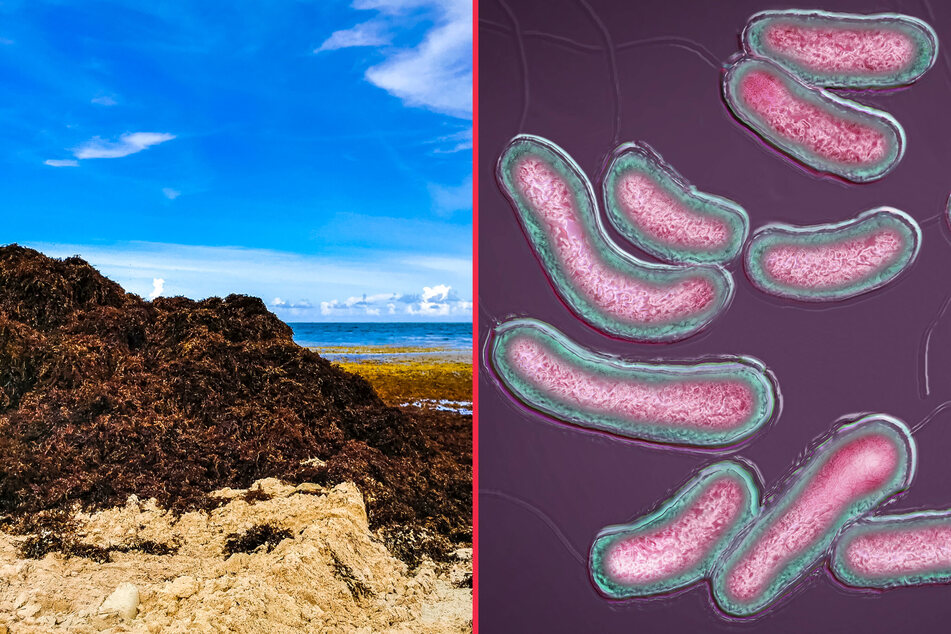
By now, you've probably heard about the massive, 5000-mile long nest of seaweed that has begun its invasion of Florida's beaches, resorts, and waterways. The thick swamp of sargassum seaweed is set to continue its takeover, and by all accounts, the worst is yet to come.
As if an enormous incursion of seaweed weren't concerning enough, a new discovery is giving people even more reason for pause. It turns out this same seaweed houses deadly flesh-eating bacteria that present a very real threat to life. The news was originally reported by Newsweek before getting picked up by a local Tampa radio station.
According to the CDC, around one in five people who are infected with the bacteria (Vibrio vulnificus) will die. Most will fall victim to the infection rapidly, over only the course of a few hours or days at most.
Why is flesh-eating bacteria coming to Florida?
Experts have already sounded the alarm over the giant seaweed blob that's heading straight for Florida, posing issues for local ecosystems but also residents and holidaymakers as well. Now, new reports have emerged of something far darker lurking in the weeds.
A study by Tracy J. Mincer et al. revealed that sargassum seaweed in the Caribbean and North Atlantic Ocean regularly contained high levels of Vibrio bacteria, which is known for its aggressive and "flesh-eating" traits. Reportedly, it is a close relative of cholera.
Vibrio bacteria are known to cling to plant matter that floats in brackish water (or water that has more salt than freshwater but less than seawater) in the deltas of larger rivers or in swampland. It is also known to cling to plastics and other marine debris.
Since sargassum seaweed has a very high surface area, especially in clumps as big as the great Atlantic sargassum belt, it is not so surprising that it picks up Vibrio bacteria with ease. This, combined with the fact that the seaweed will likely flow through or be deposited in brackish areas, spells a very real risk.
The threat of Vibrio bacteria in 2023 is not just coming from the sargassum seaweed lying upon Florida's shores, either. A 2021 report from the Lancet Countdown on Health and Climate Change reported a 56% increase over the last few decades.
While the quantity of Vibrio bacteria has increased worldwide in recent years, it is the tight and concentrated distribution about to hit Florida's shores that is causing immediate concerns.
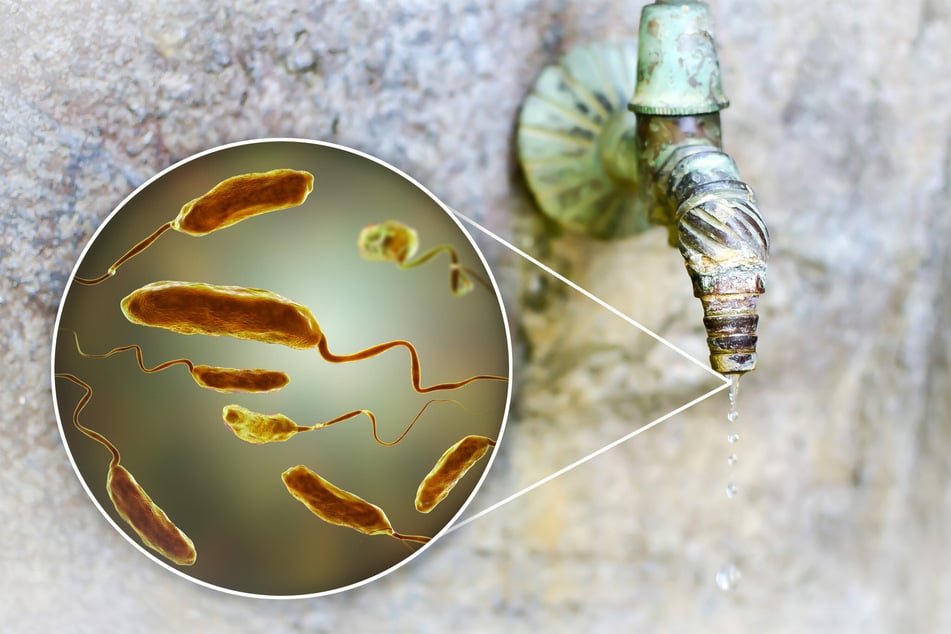
Why does flesh-eating bacteria in Florida's seaweed present a risk?
As sargassum seaweed often contains a lot of plastic, and plastic is the perfect nesting ground for flesh-eating bacteria, Florida's risk seems to be quite high. Indeed, the public health implications of this discovery are likely to be quite significant.
A summary of Tracy J. Mincer's research on the Florida Atlantic University website labels Vibrio bacteria as one of "the dominant causes of death in humans from the marine environment."
"Vibrio vulnificus, one of more than 100 species of Vibrio and commonly referred to as flesh-eating bacteria, can cause life-threatening foodborne illnesses from seafood consumption as well as disease and death from open wound infections."
Mincer expresses further concern that neither the scientific community, the political sphere, or health professionals have "really considered these microbes and their capability to cause infections."
The bacteria itself causes something called "necrotizing fasciitis," which is an infection that generally occurs in a wound, causing the flesh to die. As a result, Vibrio infections mainly afflict people who have an exposed wound, but it is possible for others to get sick as well (for example, via ingested drinking water).
It is a life threatening affliction that can result in the need for limb amputation and is expected to kill one in five infected people.
Is there anything that we can do about Florida's flesh-eating bacteria problem?
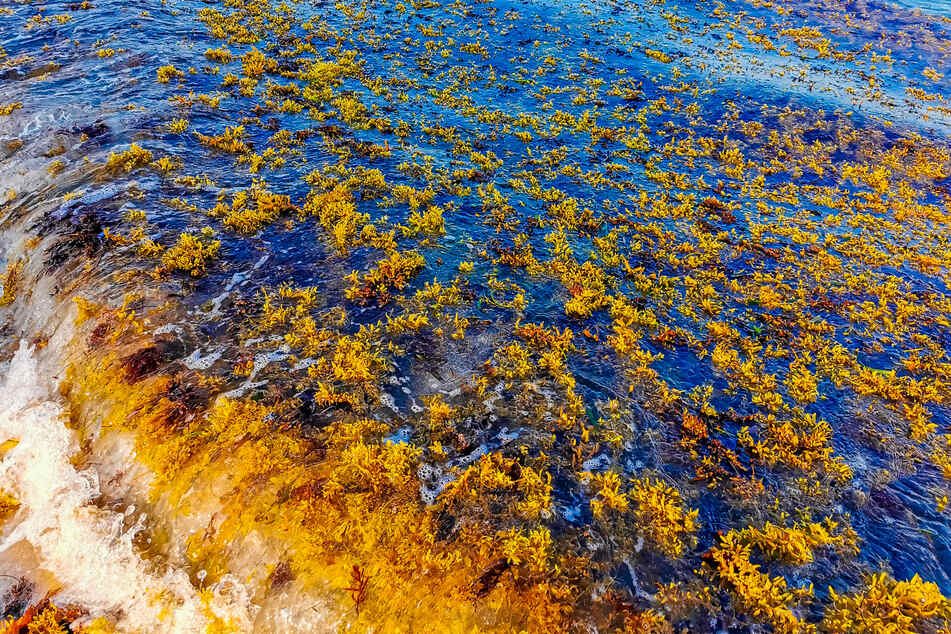
Florida Health released a short explainer on Vibrio vulnificus, the "flesh-eating" bacteria variant that has been causing a stir, on June 2, 2023. Their leading advice was simple: "Water and wounds do not mix. Do not enter the water if you have fresh cuts or scrapes."
Ultimately, there isn't much we can do about Vibrio vulnificus except take precautionary measures against infection and continue the battle against climate change. Increased sargassum spawning has been linked directly to climate change and human pollution, as have increases in Vibrio bacteria.
This is a deadly combination, as with more seaweed comes more flesh-eating bacteria. With a 5000-mile-long belt of seaweed coming Florida's way, it certainly seems to be the perfect storm.
Other than a $13-million pledge from Governor Ron DeSantis' state government and fact sheets from the Florida Department of Health, there has been little acknowledgement of the impending risks of the seaweed blob from authorities. This is continuing to draw criticism on social media.
Florida has suffered from outbreaks of Vibrio vulnificus semi-regularly over the last few years. After Hurricane Ian, the state saw a stiff infection rate increase, with 65 cases and 11 deaths from the bacterium in 2022 alone. There are fears this rate will continue to rise with the latest seaweed invasion.
It's worth noting that, while the leading cause of infection is contact with a wound, it can also be caught via ingestion. If you eat fish or seafood in Florida (or anywhere, really), you should take extra care that it is fully cooked through prior to consumption.
In the end, though, there's nothing much that we as individuals can do to combat the intensification of flesh-eating bacteria, nor the massive seaweed blob that's about to hit Florida's beaches.
All we can do is keep ourselves safe and wait for the political wheels to get turning. It seems there is no way around the inundation Florida's beaches are about to experience. Let's just hope the harms are kept in check.
Cover photo: Collage: IMAGO/Panthermedia/UIG
